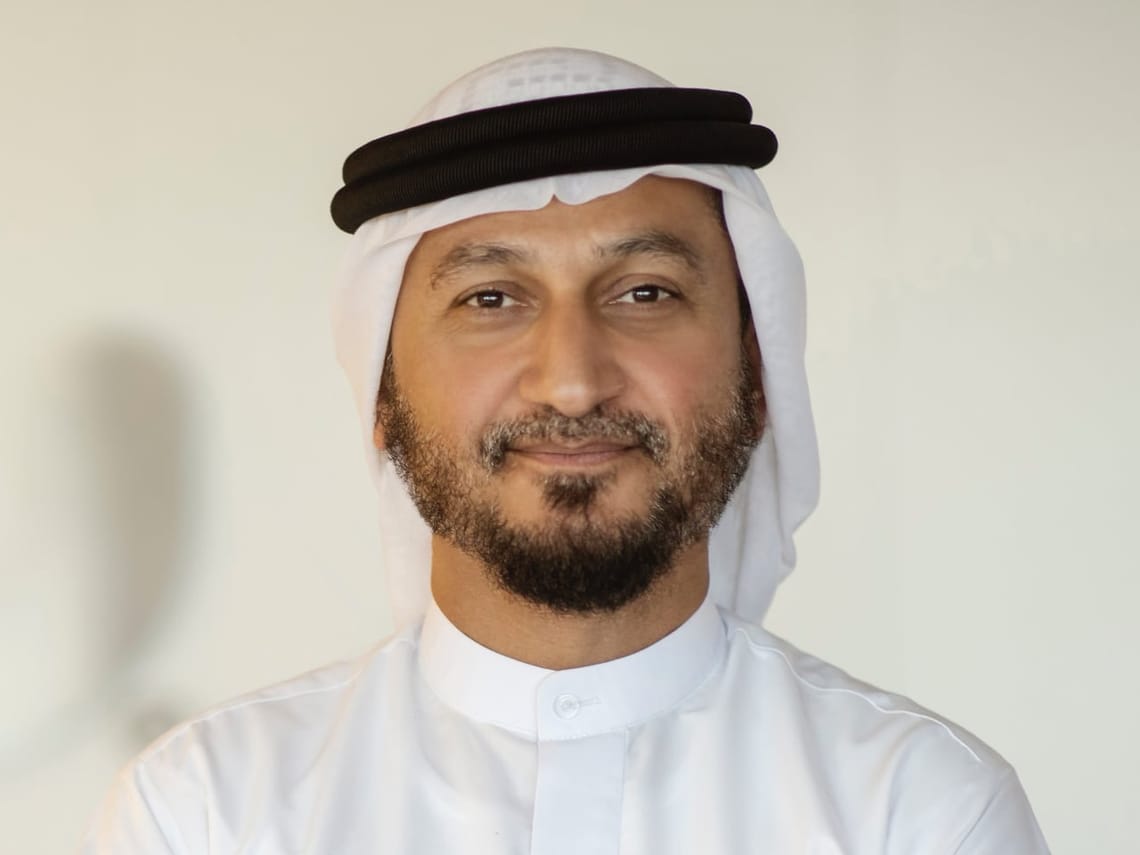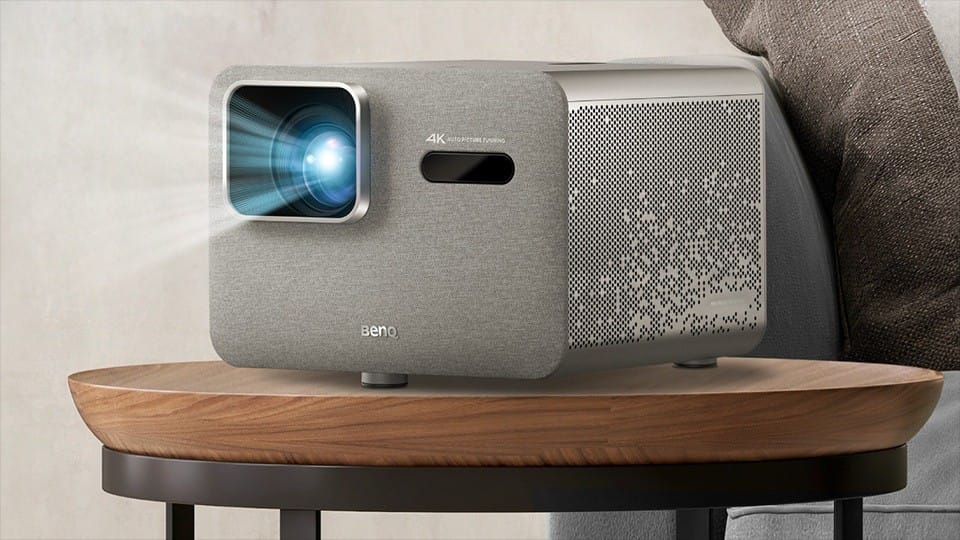The Middle East and Africa space market is now worth USD 18 billion. A new BCG report says the UAE accounts for roughly 40–45% of government space spending in the region and is on track to capture more than half of downstream services. Saudi Arabia and Qatar are also upping spending, and the region is set to grow at around 5% a year through 2033.
UAE’s market lead: what the numbers say
The UAE put USD 443 million into civil space in 2024. That is the largest share in the MEA and positions the country to lead services such as satellite communications and Earth observation.
- Market size: USD 18B across MEA
- UAE spend: USD 443M in 2024
- Share of MEA government spend: 40–45%
- Downstream services: ~70% of the global space market; UAE to take 50%+ in MEA
The headline is simple. The UAE invested early and continues to do so. That consistency enables local programs to cater to a growing services market that encompasses telecoms, mapping, shipping, agriculture, and smart cities. As downstream drives most global value, the UAE’s tilt toward services is the logical move.
Saudi Arabia and Qatar: rising share, different plays
Saudi Arabia and Qatar each invested about USD 220 million in civil space in 2024. That accounts for approximately 20–25% of MEA government spending and more than 20% of the regional downstream market. Qatar sits at 5% of the market and just under 5% of downstream services.
- KSA focus: partnerships with NASA and Axiom; growing private role via Neo Space Group
- Qatar focus: Es’hailSat’s comms footprint
- Trajectory: both expected to track or beat the 5% global CAGR to 2033
Different strategies, same direction. Saudi Arabia is building with international crewed-flight links and commercial partners. Qatar leans on satellites that serve TV and data. Together with the UAE, the trio anchors GCC capability, enabling schools, ports, media, and emergency services to plug into regional space assets without waiting for foreign capacity.
Flagship UAE missions and expected returns
BCG points to strong ROI potential from MBZ-SAT, the Hope Probe, and Arab 813. The estimate: 3–4x returns when you count tech transfer, talent, supply chains and spinoffs.
- MBZ-SAT: high-resolution Earth imaging made in the UAE
- Hope Probe: science data, global collaboration model
- Arab 813: shared satellite programme for regional capacity
- Six success factors: long-term strategy, PPPs, portfolio mix, tolerance for risk, global engagement, digital-space policy
Returns won’t drop in a single quarter. Space programmes pay back over the years via higher-value local firms, new data products and a workforce that can build again. The UAE’s track record on multi-year projects is the real lever here.
Public-private partnerships and policy: where value compounds
The report stresses hybrid investment models. Saudi’s work with NASA and Axiom, Qatar’s Es’hailSat role, and the UAE’s collaboration approach around Hope are all examples. The policy side matters too, especially where satellites extend connectivity into hard-to-reach places.
- PPPs accelerate hardware and ops
- LEO constellations support next-gen connectivity
- Earth observation informs public policy and climate action
- Early rules for spectrum, data and safety reduce friction later
In practice, PPPs unlock speed and scale. Clear rules on data and spectrum turn satellite capacity into real services for logistics, utilities and public safety. For the UAE, this aligns with ongoing smart-city initiatives and secure cloud deployments already underway across government and enterprise.
For context on related local digital infrastructure efforts, see our coverage of du’s sovereign hypercloud for government workloads and AI services, which keeps data inside UAE borders. That’s the kind of platform that benefits from reliable satellite backhaul for remote sites and resilience during terrestrial outages.
Why this matters for people in the UAE
Downstream services are where most users feel the impact: better comms, better maps, better data. That affects everyday life in subtle ways.
- Satellite broadband can back up fibre in villas and small offices outside dense areas
- EO data feeds planning for roads, flood risk and green projects
- Maritime and aviation services improve routing and safety
- Startups can build apps on top of space data without owning satellites
If you live in Dubai or Abu Dhabi, you may not notice the link between a weather-resilient connection and a satellite payload. You will notice fewer drop-outs, faster crisis response, and better traffic planning. For the tech scene, more space data means more raw material to train models and ship services people will pay for. That aligns with local accelerator activity and AI-heavy cohorts in Abu Dhabi.
What to watch next
The region’s growth outlook is set at 5% CAGR to 2033. BCG recommends that emerging players focus on niches, build regulatory muscle early and invest in talent. For the UAE and Saudi Arabia, the push is to scale PPPs, build clusters and lead on international cooperation.
- Choose niches: EO analytics, in-orbit servicing, satcom payloads
- Build rules early: spectrum, cybersecurity, data sharing
- Grow clusters: co-locate research, startups and testing
- Tie space to ground: integrate with smart-city and cloud programmes
None of this is flashy. It is the slow, slightly boring work that makes the fancy pictures from orbit pay the bills. The GCC is doing the patient part, which is why the share numbers are moving.
How big is the Middle East and Africa space market today?USD 18 billion, according to BCG’s Governments in Space report.
Which country leads in regional government space spending?The UAE, with USD 443 million in civil space spend for 2024, or about 40–45% of MEA government spending.
Where is most of the money in space made?In downstream services like satellite communications and Earth observation. Globally, these account for around 70% of the market, and the UAE is set to take more than half of MEA’s downstream share.
Subscribe to our newsletter to get the latest updates and news








Member discussion